Poor Art | Arte Povera: Italian Influences, British Responses at Estorick Collection
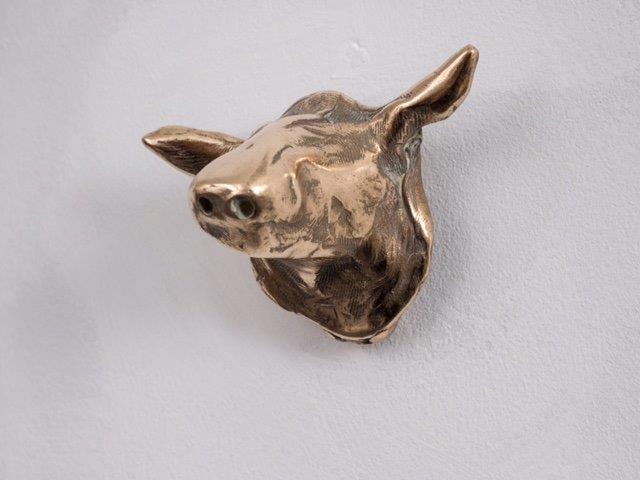
Arte Povera – which literally means “poor art” – is arguably the most important development to emerge in Italian art in the late 20th century. The term was coined by critic and curator Germano Celant, who used it to describe a loose group of Italian artists who were mostly based in Turin and Rome during the 1960s. The diverse practices of these creatives were radical in their rejection of traditional art materials and techniques, turning instead to everyday objects as the raw material for their art.
The new exhibition at the Estorick Collection of Modern Italian Art features important Arte Povera works by artists such as Michelangelo Pistoletto and Mario Merz, demonstrating the movement’s revolutionary approach to process, the position of the viewer, and the use of the gallery space.
Importantly, however, the showcase also situates these works in context. The challenging new ideas of Arte Povera were a major influence on a diverse range of artists who came of age in the movement’s wake in the 1970s and 1980s. There are significant pieces by Mona Hatoum, Tony Cragg and, surprisingly, Richard Long, who participated in the first international Arte Povera event in Amalfi in 1968.
In addition to these, a series of more recent works demonstrate the movement’s lasting influence. Anya Gallaccio’s bronze-cast potatoes and brussels sprout stalks are a charming example, and Jefford Horrigan’s The Shower Curtain demonstrates the openness to media and process that is key to the Arte Povera mindset.
The exhibition wears its curation lightly, with relatively little guidance for the viewer. Pieces from different eras are displayed alongside one another without extensive explanation, which may prove challenging for those without an understanding of the chronology of modern and contemporary art. Nevertheless, the quality of the works on show is high, and the viewer is left to infer and extrapolate the connections between the pieces, a process that feels rewarding and encourages you to linger.
Anna Souter
Poor Art | Arte Povera is at the Estorick Collection of Modern Italian Art from 20th September until 17th December 2017. For further information or to book visit here.


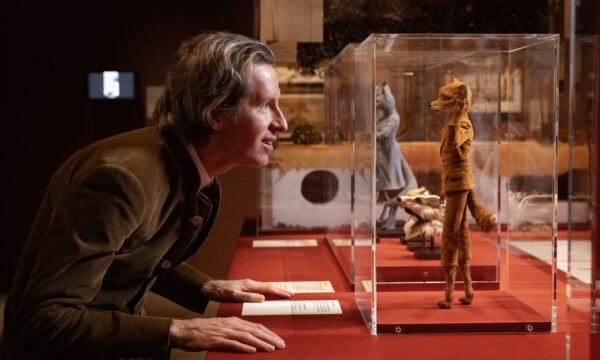
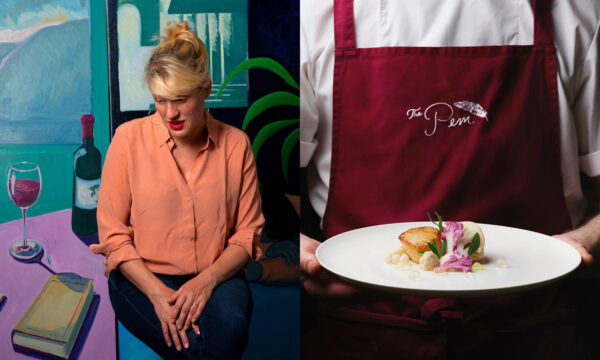
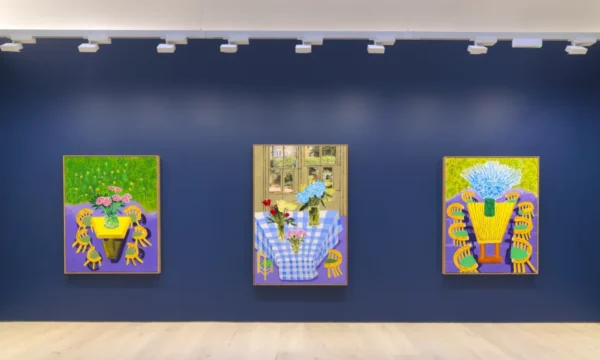

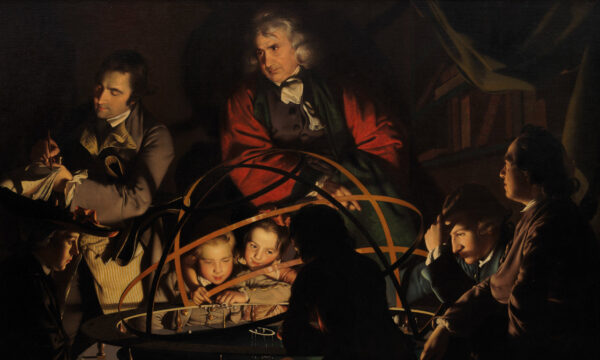
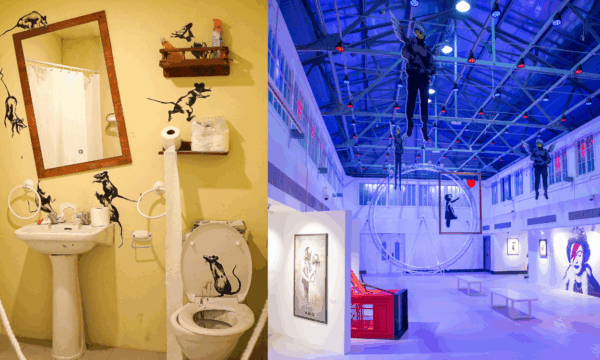
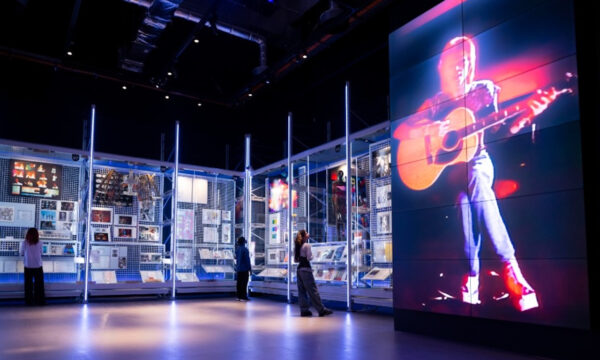
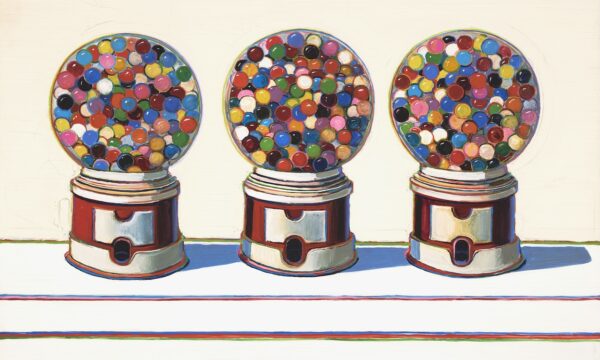
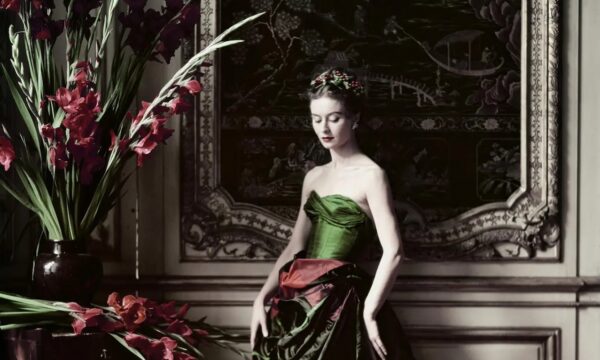




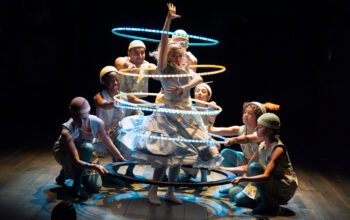

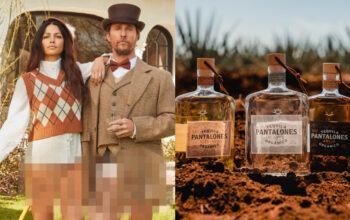


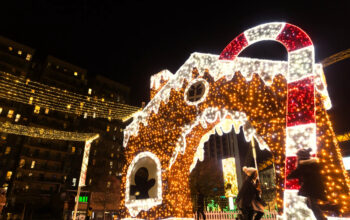





Facebook
Twitter
Instagram
YouTube
RSS